The Godox AD600 Pro II is our first strobe, which makes the Godox X3 our first trigger as well. While it might seem unusual to review such a small and straightforward piece of gear.
Triggers have been around for a long time and after dealing with some of the more archaic models, we were curious to see whether this one is truly worth it, and how much things have evolved in 2025.
OUR SPONSOR OF THE DAY : NEONNIGHT.FR
What is a trigger?
In photography, a trigger is a small device that lets your camera communicate with an external flash or strobe.
Here’s how it works:
- Camera ↔ Trigger ↔ Flash
- The trigger sits on your camera’s hot shoe (the little slot on top).
- When you press the shutter, the trigger sends a signal (usually radio, sometimes optical) to the flash.
- The flash/strobe then fires at the exact right moment to light your subject.
Why triggers matter
- Wireless freedom → lets you place lights anywhere (not stuck on camera).
- Control → good triggers let you adjust power, groups, and settings directly from the camera.
- Reliability → modern triggers (like Godox X3) use radio, which is more consistent than old optical “line of sight” systems.
Without a trigger, you’d either have to:
- Mount the flash directly on the camera (limiting creativity).
- Use a sync cable (old school, not very practical).
The evolution of triggers
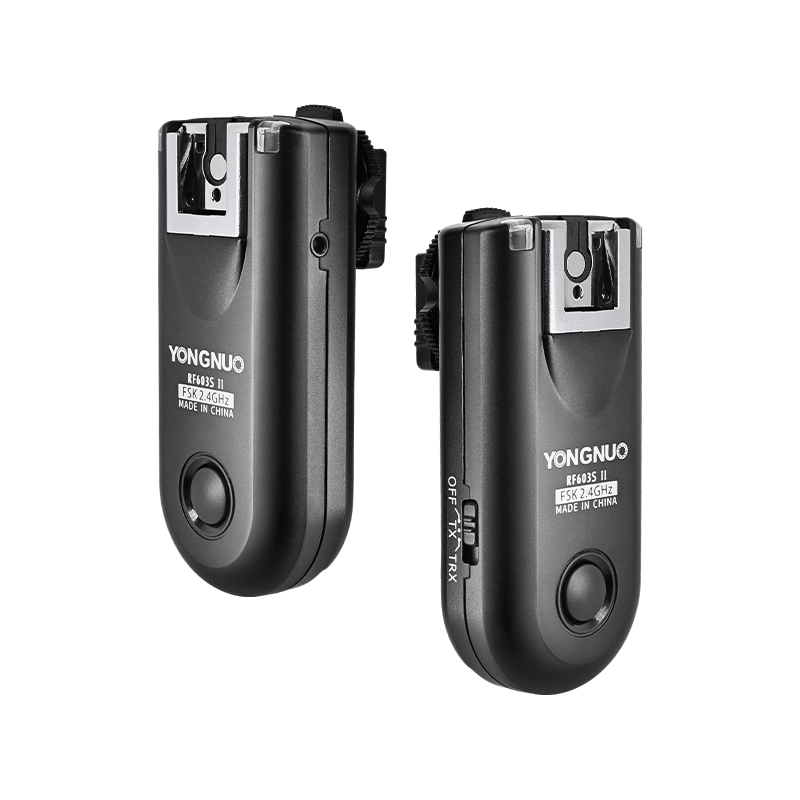
1. Basic / Manual Triggers
- How they work: They just send a simple signal: “fire now.”
- No extra control — you can’t change power or zoom remotely.
- Use case: If you set all flashes manually on the unit itself.
- Pros: Cheap, reliable, minimal delay.
- Cons: Inconvenient if you use multiple lights — you’ll walk back and forth adjusting them.
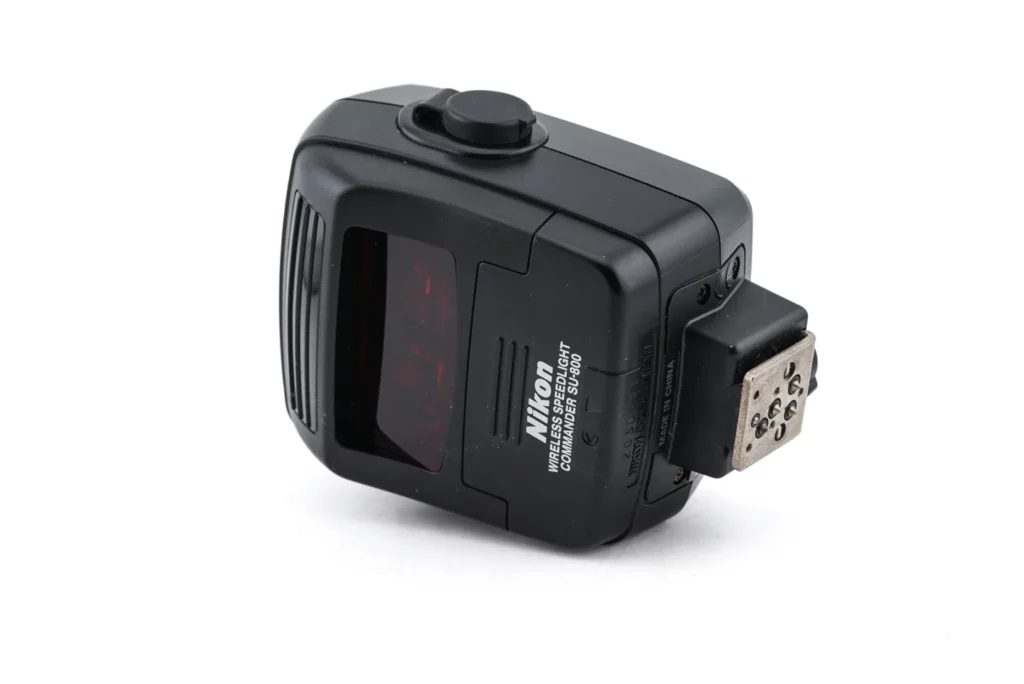
2. TTL Triggers (Through The Lens)
- How they work: Communicate exposure info between camera and flash.
- The camera “talks” to the flash and calculates light automatically.
- Use case: Events, weddings, fast-paced shoots where you don’t have time to dial power manually.
- Pros: Fast, adaptive, less thinking needed.
- Cons: Less precise for creative control (the camera decides, not you).
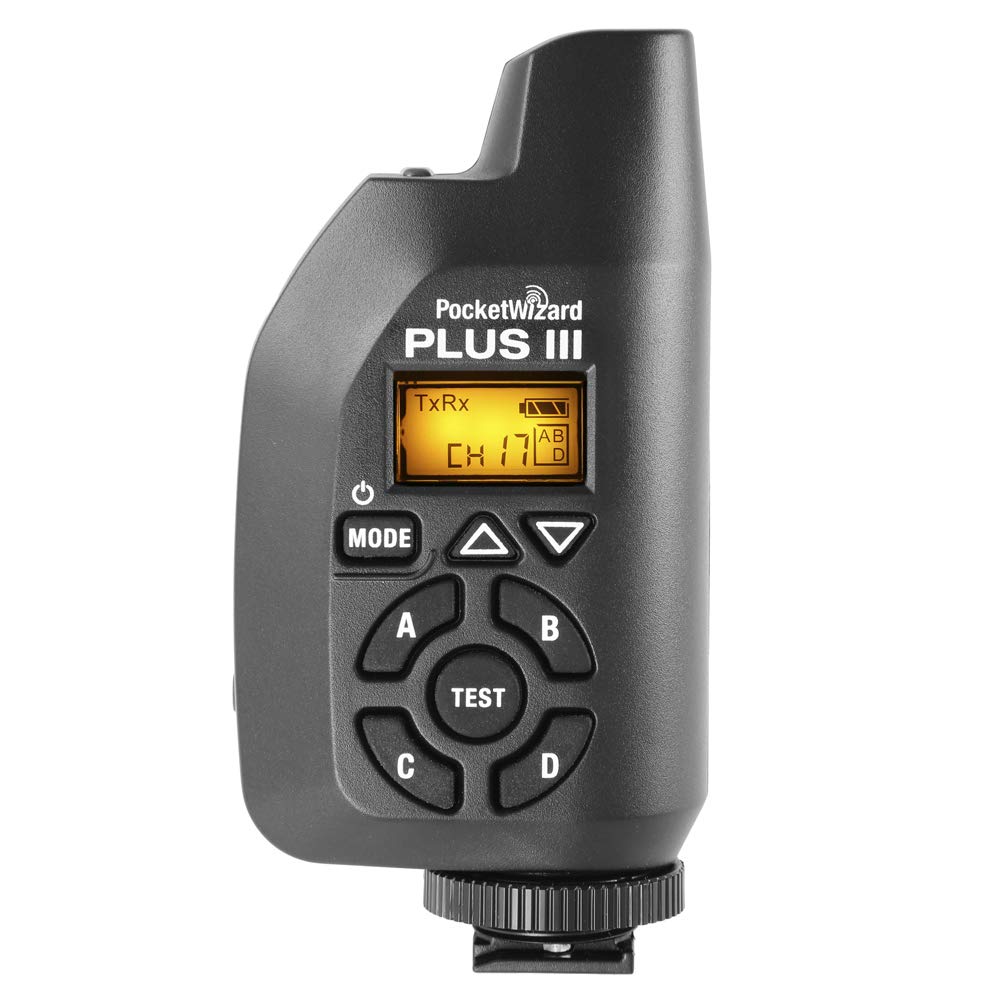
3. Advanced Triggers (Radio systems like Godox, Profoto, PocketWizard)
- How they work:
- Use radio signals → long range, no line-of-sight needed.
- Let you control power, mode, groups, and even modeling light directly from camera.
- Features:
- Adjust multiple lights individually.
- High-Speed Sync (HSS) → lets you shoot at fast shutter speeds (1/4000, 1/8000).
- Multi-channel setups → avoids interference with other photographers.
- Use case: Studio work, fashion, commercial, outdoor portraits with strong strobes.
- Pros: Huge flexibility, professional reliability.
- Cons: Slightly more expensive, but essential for serious work.
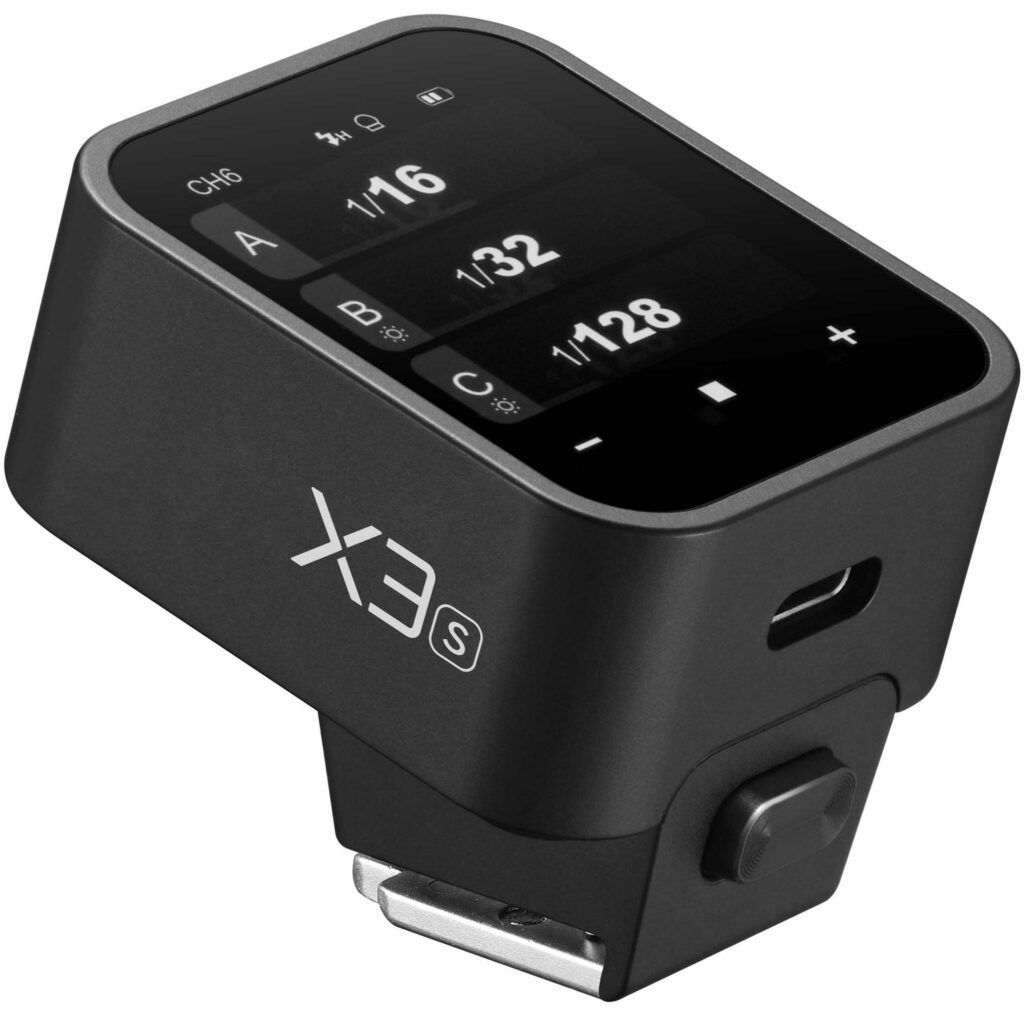
4. Built-in Ecosystem Triggers (like Godox X system)
- Many modern brands (Godox, Profoto, Elinchrom) have created ecosystems:
- The trigger becomes a central remote control hub.
- Any compatible strobe/flash “just works” in the system.
- Example: With the Godox X3, you can control AD600, AD200, V1, etc. from one trigger.
Summary:
- Manual trigger → fire only.
- TTL trigger → auto-exposure help.
- Advanced radio trigger → full creative control, pro-level.
- Ecosystem trigger → integrates all your lights seamlessly.
Our own experience with Triggers
The manual remote trigger
Our first trigger was the YONGNUO RF-603II, which we used to fire speedlights like the Canon Speedlite 430EX II, the Nikon SB-900, and various Yongnuo speedlights set as slave units.
This manual trigger was rather finicky, requiring both a receiver and transmitter, along with several cables that needed to be properly connected for it to function correctly.
I think the most fascinating part was having to manually set up each speedlight individually to craft a well-balanced image.
The Profoto Air Remote
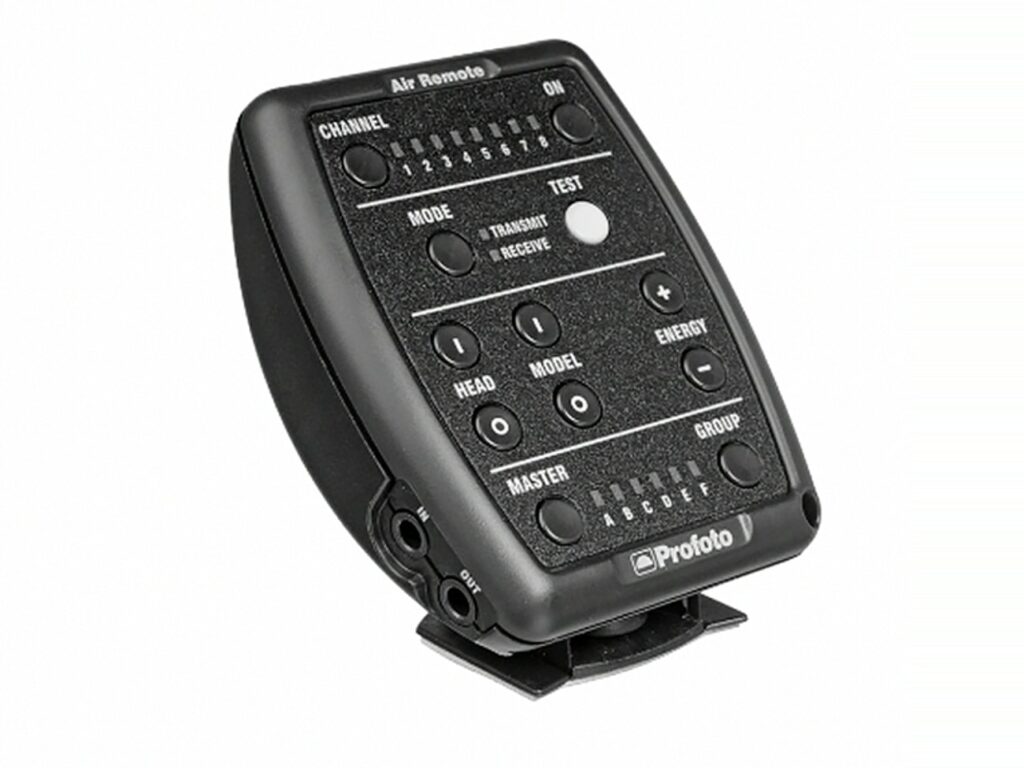
Our first experience with an advanced trigger was the Profoto Air Remote, paired with a couple of Profoto D1 strobes.
While this remote was much more convenient to use, it was far from intuitive. For instance, you could adjust the power of each strobe wirelessly and chose groups, but you had to rely on a beeping sound to estimate the power level.
Overall these triggers were functional but needed quite a bit of practice to get use to it instinctively.
The Godox X3
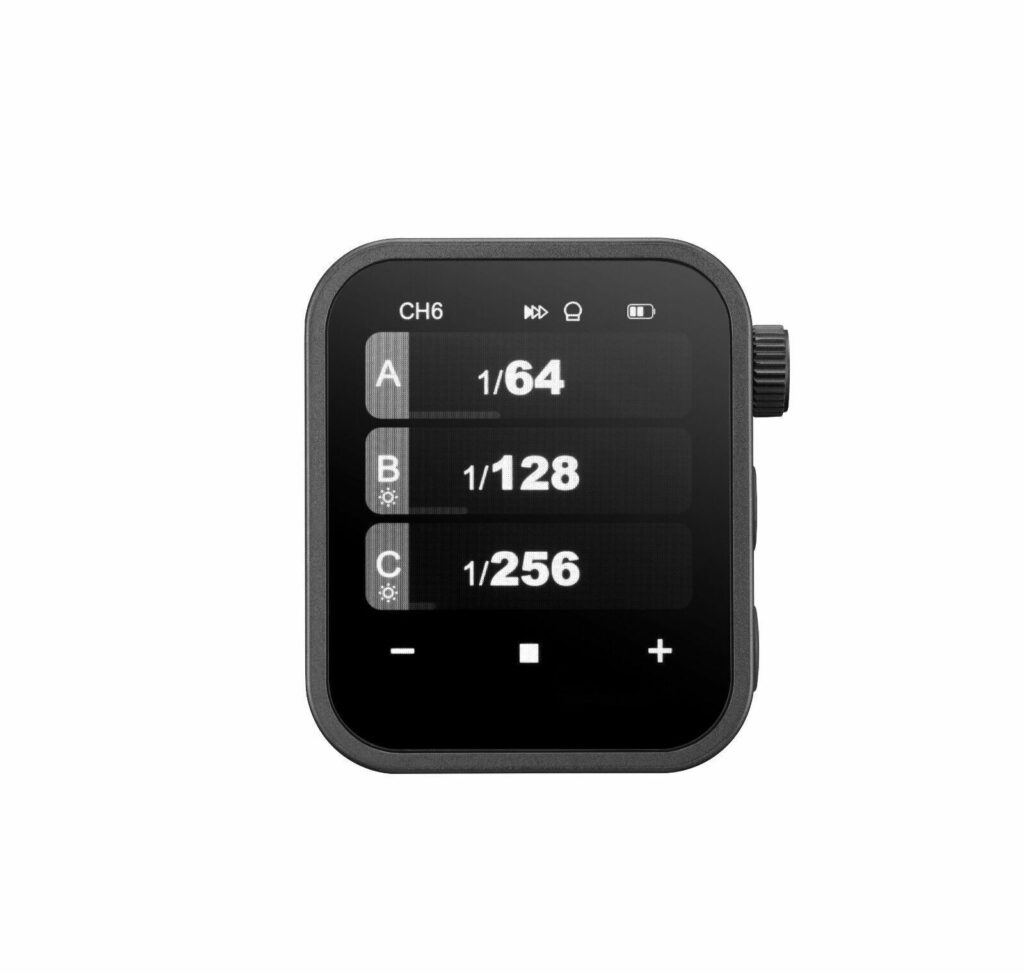
The key features
- Wireless Range: Up to 100 meters (328 feet) via a 2.4 GHz frequency, ensuring reliable communication between your camera and flash units.
- Touchscreen Interface: Equipped with a high-definition OLED touchscreen for easy navigation and quick adjustments.
- Built-in Lithium Battery: Features a 3.7V 850mAh Li-ion battery with approximately 7 days of standby time.
- Charging Port: Includes a USB-C port for convenient and fast charging. ()
- Flash Exposure Compensation: Allows adjustment up to +3EV in 1/3 EV increments.
- Modeling Lamp Control: Enables control of the modeling lamp directly from the trigger.
- High-Speed Sync (HSS): Supports HSS up to 1/8000s for creative lighting effects.
- Sync Modes: Compatible with front and rear curtain sync for versatile shooting scenarios.
- Multi-Flash Mode: Supports multi-flash setups for dynamic lighting.
- Firmware Upgrades: Offers the ability to update firmware via the USB-C port.
The Godox X3, released in 2024, is a relatively new trigger. Think of it as the “iPhone of triggers,” featuring an intuitive touch interface.
This trigger is small, touch screen, with simple menus to setup group and power of Godox Strobes like the AD600 Pro II.
Godox produces versions of their triggers for each major camera manufacturer—Sony, Canon, and Nikon—likely due to the proprietary hot shoe designs.
With the telelamp and the corresponding on-screen colors, you can visually identify which strobe you’re adjusting, making the process effortless.
Whats in the box?
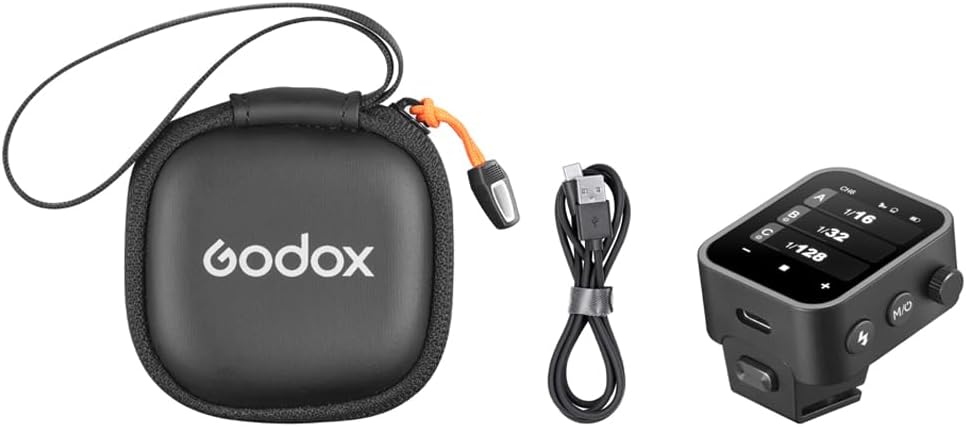
The Godox X3 arrives in a sleek black box, which includes a USB-C charging cable and a padded protective case for the trigger.
The screen comes pre-covered with a protective film. It’s a bit unfortunate that this isn’t a proper screen protector by default, but rather a film meant to protect the product during shipping.
Our experience with the Godox X3
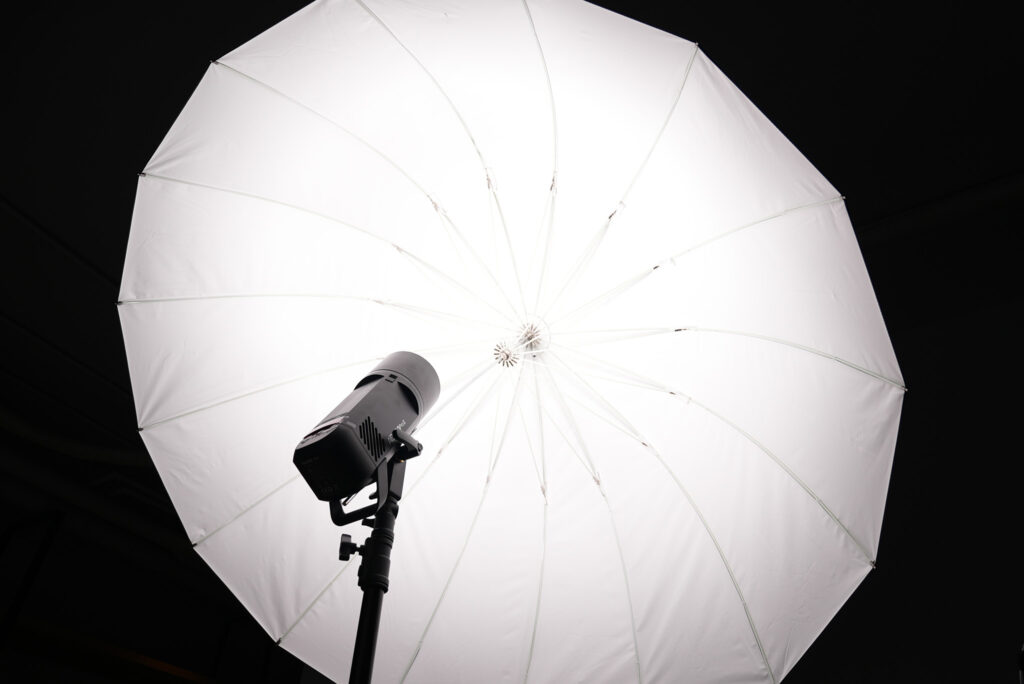
The size
The size is slightly smaller than older triggers, but for me, that’s actually a benefit—my hands are small, and minimizing both space and weight is crucial for gear I actually want to use on location.
The user interface
The user interface is displayed and controlled through a touchscreen. The menus are clean and straightforward, and there are even options to set very low power levels, down to 1/512.
The ergonomics
The controls are intuitive and well-designed; I’ve never needed to consult the manual to use the basic functions.
I’ve actually never used the small rotating knob on the right, since the touch screen handles everything perfectly. I imagine the knob might come in handy in certain weather conditions or when wearing gloves.
The battery
The remote is powered by a battery that easily lasts for at least five to ten sessions. It also features USB-C charging, making it convenient to recharge via a laptop or a power bank.
Overall
The Godox X3 is easily the best remote trigger we’ve ever used. It’s compact and extremely user-friendly, and we can’t help but wonder why a device like this didn’t exist earlier, especially considering iPhones have been around since 2007.
OUR SPONSOR OF THE DAY : NEONNIGHT.FR
Verdict
8.8 out of 10.
The Godox X3 is, without a doubt, the best remote trigger for strobes that we’ve used. While our experience with older models is limited, we’ve had enough exposure to see the difference.

Although touch screens have existed for a while, it seems the technology has finally matured for triggers. This is excellent news for people like us who are just starting to invest in this gear, as it greatly simplifies life in a field already full of variables.
The remote is priced at around 90 euros, making it very affordable compared to Profoto gear—for instance, the Profoto Connect Pro currently costs $400.
Informations
Godox X3
Official website: https://www.godox.com
Official page: https://www.godox.com/product-a/X3.html



GIPHY App Key not set. Please check settings